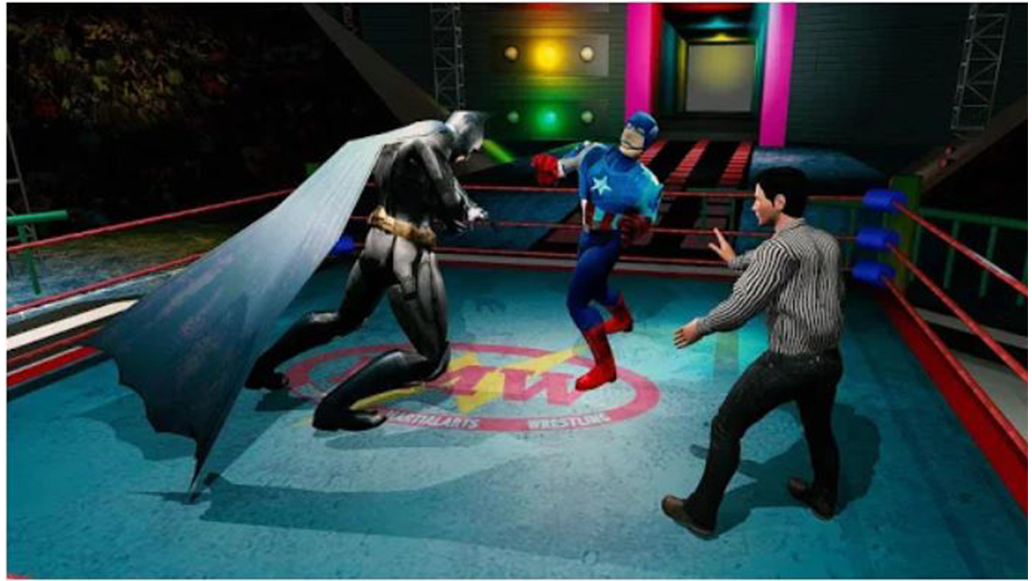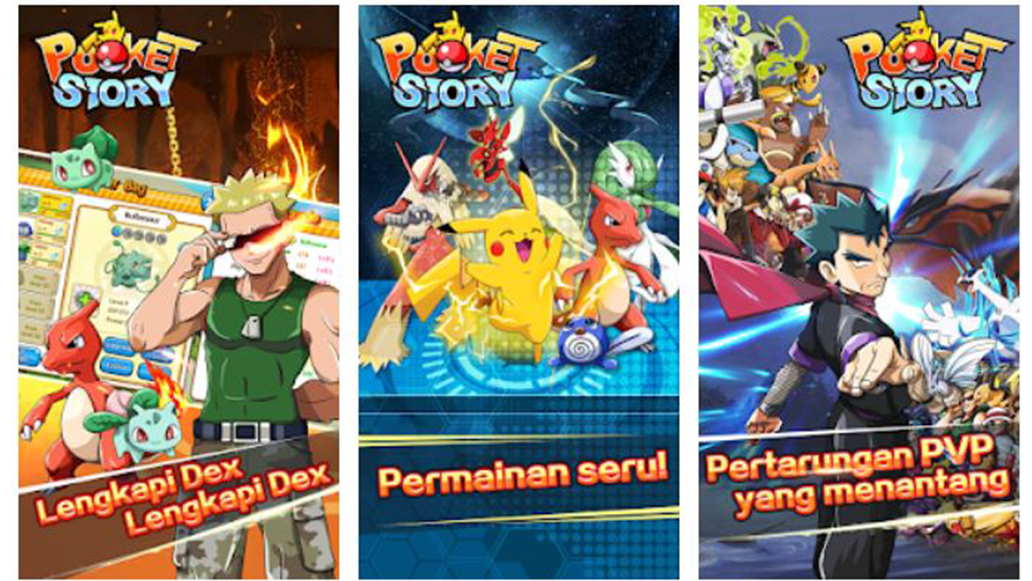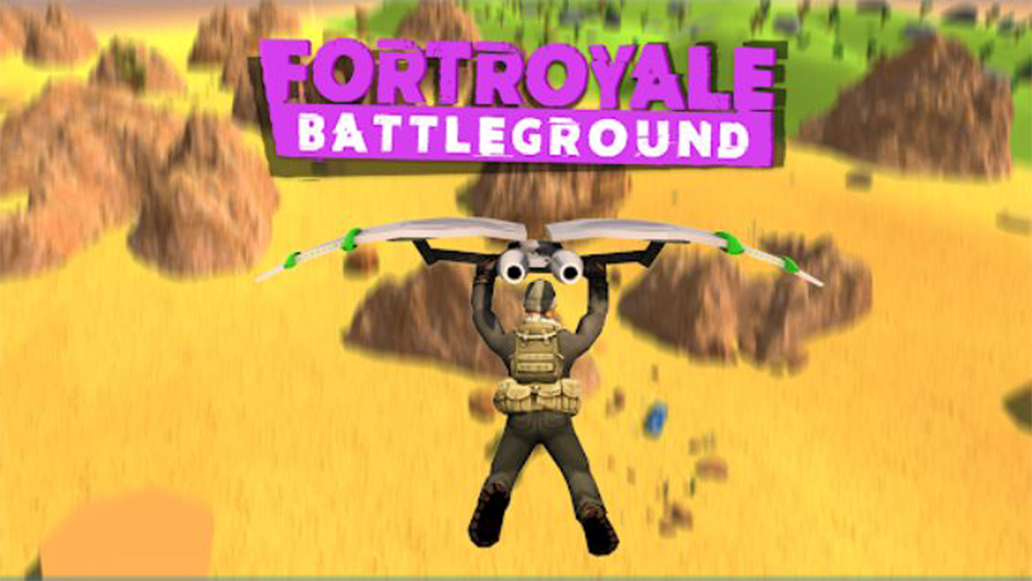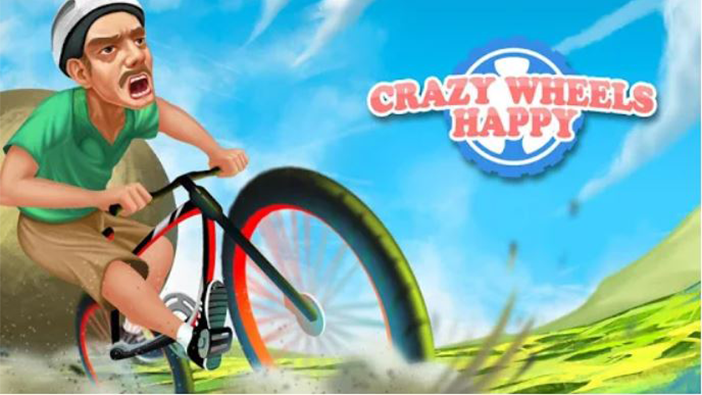
Down in the pages of the App Store, buried beneath big budget titles and recognisable names, a pattern will emerge. The thumbnails will begin to resemble one another. You will wonder why there are so many versions of Fortnite. And why is Goku so ubiquitous?
This is the world of Bootleg games.
Other industries have bootlegging, knock-offs and copies, though as a digital medium games are easy picking for duplication. As objects I find them a fascinating window into a parallel world, where characters can cross over into other intellectual properties the likes that Marvel could only just imagine. Where marketing language is more like Dadaist poetry rather than making you want anything. Where every game must contain a medical examination.

I interviewed the fantastic archivist of these strange simulations, Bootleg Stuff. They document a wide array of bootleg products, including games, clothing, memorabilia and more. You can find them on Twitter here or on Instagram here.
Is there a history of bootleg games?
Oh, for sure. I don’t think there’s an exact timeline running around anywhere, but for as long as there’s been games, there’s been bootleg versions of the games–and consoles, too, sometimes! Up until the NES came out, they were harder to come by, but they experienced a boom when titles like Mario and Sonic the Hedgehog on the Sega Genesis were starting to make video games a more popular entertainment medium.

Meanwhile, the GBA was the only handheld console that ever saw much popularity among bootleg game makers. Perhaps most well-known is that there’s dozens of bootleg Pokemon games on the GBA like DarkCry, Frigo Returns, Jade, Quartz and a version called Pearl that obviously predates the real Pokemon Pearl that would come out on the Nintendo DS later. Some of these weren’t bootlegs, but fan games that fans made cartridges for that got spread over the years and got confused for bootleg versions because of their unofficial nature (but just so we’re on the same page, there’s a big difference between a bootleg game and a fan game!), but most were just shameless ripoffs.
When smart phones started to seize the market in the early 2010’s, mobile game makers quickly realized how little quality control is done on these games, which allowed bootleg games to sneak into the stores pretty easily without anyone noticing. The first notable case of a bootleg game appearing on a mobile market would’ve been in 2012 when a bootleg version of Pokemon Yellow became one of Apple’s best selling apps. It was quickly removed once Nintendo brought it to Apple’s attention that it was a bootleg. It wouldn’t be until 2014 though when bootleg games started seizing the mobile market en masse. I can’t find a definitive reason why that is, but if I had to guess, it’s likely because that’s around the time that it became common knowledge that the mobile gaming market was one of enormous potential. We’d seen how successful some mobile games could become (Angry Birds, Temple Run, Flappy Bird, Candy Crush, etc.) and the market had no signs of slowing down. So it was as good a time as any to start tapping the market. The mobile market is still the largest market for bootleg games to this day.
Who makes bootleg games?
There’s not a specific person or group who does–its various so-called developers worldwide. I do tend to see more bootleg games coming from countries with more lax copyright laws though, like China, Russia, Malaysia, Thailand, Brazil, and the Philippines. China is the most common for games specifically. Especially online games and mobile games. But every now and again, you’ll see a person or group from places like America or England try to bootleg a game, too.

Are there any particular trends or themes in bootleg games?
Absolutely–especially in mobile games. A lot of mobile games use the same bizarre buzzwords like doctor, foot, pregnancy, brain surgery, dentist, go, and then titles and characters from whatever’s popular at the time (which is why it’s especially easy to find bootleg mobile games featuring Disney characters, specifically Anna and Elsa from Frozen, who were at their peak of popularity around the time there started to be a boom in bootleg mobile games becoming available).
They do this because many of these games are just the same game but reskinned with different characters, giving them a game that’s cheap and not particularly time consuming to create. Meaning that when one is inevitably taken down or removed from the market it’s on, another 5 can take its place easily. I’m not totally sure why they choose some of the bizarre buzzwords like “foot”, “pregnancy”, and “doctor” though. I don’t think games with those particular words are especially popular among children, but maybe I’m wrong about that. I guess the world may never know where the pregnancy and foot doctor trends in bootleg mobile games started.

Other general themes you’ll see are mistranslations (Pokemon, for instance, is often mistranslated to Elf), discolorations, slight misspellings of names (Mario is often Mary, for instance), and other such common traits of bootlegs in general.
Thanks to Bootleg Stuff for taking the time to respond to my questions!
But what can a developer do if they find their game has been bootlegged? I asked Tim Davies of the specialist lawfirm, Sheridans, for some information;
‘There are several avenues that a developer can explore to stop someone unfairly profiting from their hard work and making money off the back of their success.
All games are a collection of intellectual property rights, which are a developer’s best friend in beating the bootlegs. For developers in the UK, some of these intellectual property rights are created automatically as you develop your game such as the code, art and music – all of which are protected by copyright.
The owner of these intellectual property rights can enforce these by sending the bootlegger or clone a “take-down” notice. Additionally, all of the major platforms have content removal procedures that allow content creators and intellectual property owners to request the removal of any material that infringes their intellectual property rights. You will have to provide evidence that you own the intellectual property right in question.
In each case, intellectual property rights have to be enforced to be effective. Merely having them is not enough. In the majority of cases sending an enforcement/takedown notice is sufficient to scare an infringer from removing the bootleg/clone/infringing game from the website or store. Additionally, the major platform providers have content guidelines and removal procedures in place that make it easier for developers to enforce their intellectual property rights. Unfortunately in some instances where an infringer is unresponsive or uncooperative a developer may have to enforce their rights in court.’
Thanks to Sheridans and Bootleg Stuff for their time.
Bootleg games are a boon to the industry, but offer an interesting insight into what’s popular and what isn’t. As it becomes easier to reskin one bootleg product into another, redesign thumbnails and generally push these games out at a fast rate, I don’t think we will see less of these copies in the future. It is interesting to compare the real and the bootleg to see what makes each different from the other – and through understanding this difference makes one appreciate the real more.
Related stories

